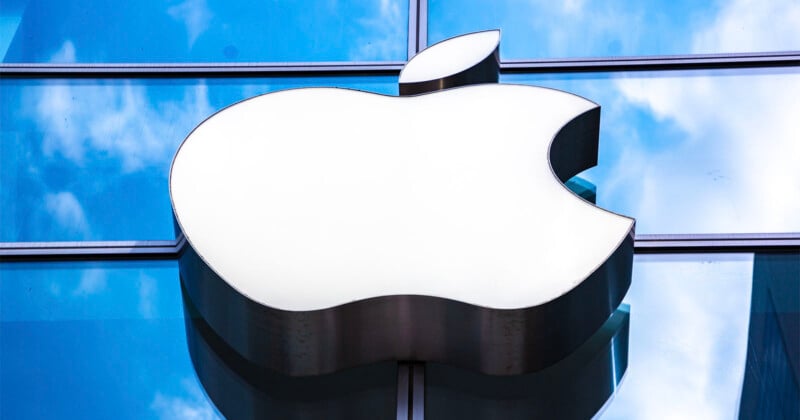
![]()
Thursday, the United States Justice Department joined 16 states and Washington D.C. in a massive antitrust lawsuit against Apple.
The lawsuit, which charges Apple with limiting competition and making it difficult for users to leave its ecosystem, includes Arizona, California, Connecticut, Maine, Michigan, Minnesota, New Hampshire, New Jersey, New York, North Dakota, Oklahoma, Oregon, Tennessee, Vermont, and Wisconsin, in addition to D.C. and the Justice Department.
The complaint includes examples going back years, using the words of late Apple CEO Steve Jobs as the first case study.
What does the lawsuit against Apple allege?
“For many years, Apple has built a dominant iPhone platform and ecosystem that has driven the company’s astronomical valuation. At the same time, it has long understood that disruptive technologies and innovative apps, products, and services threatened that dominance by making users less reliant on the iPhone or making it easier to switch to a non-Apple smartphone,” the complaint reads.
This makes up the crux of the lawsuit’s arguments: it alleges Apple wants to create as much friction as possible for users to move off its platforms, especially when it comes to the iPhone and making its iOS system closed off to the point that third-party apps and tools can’t compete with proprietary versions. For example, iPhone owners can only use Apple Pay to make contact-less purchases rather than use PayPal, Venmo, or the like, which gives Apple a cut, the Washington Post points out. Similarly, the publication adds, there’s no way to use iMessage on an Android phone or a Windows computer.
“Rather than respond to competitive threats by offering lower smartphone prices to consumers or better monetization for developers,” the complaint continues. “Apple would meet competitive threats by imposing a series of shapeshifting rules and restrictions in its App Store guidelines and developer agreements that would allow Apple to extract higher fees, thwart innovation, offer a less secure or degraded user experience, and throttle competitive alternatives.”
These are also concerns that have been brought up before. Epic Games exited Apple’s App Store over debate about the fees it takes from purchases made through the service while offering no alternative. And just this month, the two companies got into another legal spat after the Apple terminated the Epic’s developer account, though it has since been reinstated. In 2016, Spotify removed the ability to purchase subscriptions through its iPhone app to avoid the tech giant from taking a sizable cut, eventually forcing legacy customers to move last year as well.
How has Apple responded to the lawsuit?
“This lawsuit threatens who we are and the principles that set Apple products apart in fiercely competitive markets,” Apple says, as reported by Axios. “If successful, it would hinder our ability to create the kind of technology people expect from Apple — where hardware, software, and services intersect. It would also set a dangerous precedent, empowering government to take a heavy hand in designing people’s technology.”
What is the next step in the lawsuit?
It isn’t clear exactly what will happen next in Apple’s latest legal saga, although it is notable from the complaint there has been a significant amount of detail that’s gone into the filing.
“Indeed, as early as 2010, then-CEO Steve Jobs discussed how to ‘further lock customers into our ecosystem’ and ‘make Apple[‘s] ecosystem even more sticky,’” the lawsuit states, providing an example going back more than a decade. “Three years later, Apple executives were still strategizing how to get people hooked to the ecosystem.”
Does the lawsuit against Apple have merit?
Maybe.
The arguments echo those made in the pivotal antitrust case against Microsoft, an antitrust lawyer told theNew York Times.
But it may not be a complete slam dunk as Kass, the attorney speaking with the publication, noted it’s unclear how far can a company go when “favoring” its own products before it becomes anti-competition.
“This case is about technology,” Kass told the New York Times. “Can the antitrust laws force a company to redesign its product to make it more compatible with competitors’ products?”
Regardless, it seems the Justice Department is ready for a fight.
“Unless Apple’s anticompetitive and exclusionary conduct is stopped,” the complaint reads, “it will likely extend and entrench its iPhone monopoly to other markets and parts of the economy.”
Image credits: Header photo licensed via Depositphotos.






